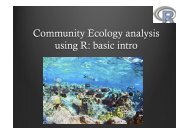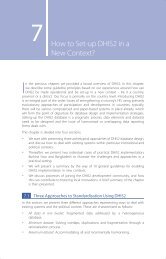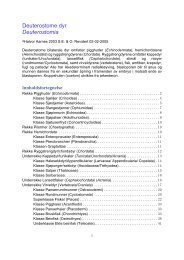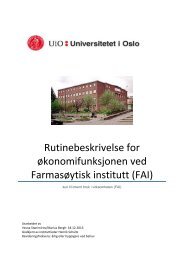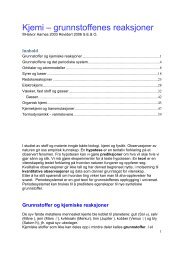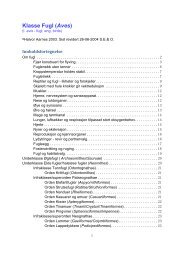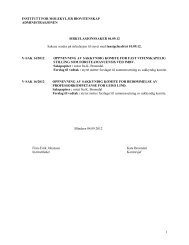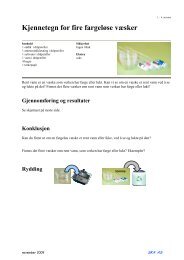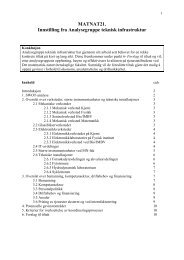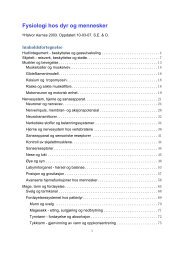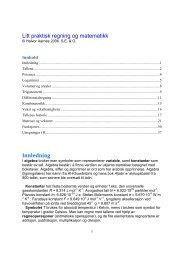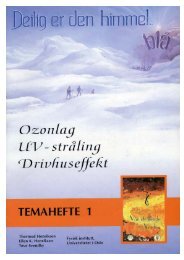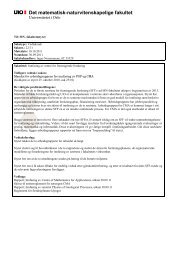Evaluation of individual research units - Norges forskningsråd
Evaluation of individual research units - Norges forskningsråd
Evaluation of individual research units - Norges forskningsråd
You also want an ePaper? Increase the reach of your titles
YUMPU automatically turns print PDFs into web optimized ePapers that Google loves.
<strong>Evaluation</strong> <strong>of</strong> biology, medicine and health <strong>research</strong> in Norway (2011)<br />
Follow up <strong>of</strong> previous evaluation<br />
The current structure <strong>of</strong> the department appears to have resulted from the previous<br />
evaluation. The establishment in 2007 <strong>of</strong> a new building for marine <strong>research</strong>, including<br />
aquaculture, similarly was a response to the previous evaluation. A replacement position<br />
in plant physiology and new positions in systems biology and plant molecular biology<br />
followed from questions raised in the 2000 evaluation about the future development <strong>of</strong><br />
experimental plant biology.<br />
<strong>Evaluation</strong> <strong>of</strong> <strong>individual</strong> <strong>research</strong> <strong>units</strong><br />
Centre <strong>of</strong> Conservation Biology<br />
Grading <strong>of</strong> scientific quality<br />
Excellent<br />
Description <strong>of</strong> unit<br />
The unit includes 14 scientists and secures approximately 30% <strong>of</strong> the department’s<br />
external funding. According to the self-assessment, the unit focuses on predicting the<br />
effects <strong>of</strong> anthropogenic environmental changes, including harvest, on population<br />
viability and on trends in population size and community composition. The group also<br />
seeks to identify factors that affect the rate <strong>of</strong> evolutionary responses to environmental<br />
change. The group has considerable quantitative expertise.<br />
General evaluation & recommendations<br />
In the self-assessment, population biology was regarded as the <strong>research</strong> strength <strong>of</strong> the<br />
unit, which we accept. We note without prejudice that population biology is a relatively<br />
small subset <strong>of</strong> conservation biology as currently understood; the unit might consider<br />
increasing its breadth over time.<br />
Societal impact<br />
The societal impact <strong>of</strong> the group seems to be moderate, and likely could be increased if<br />
staff wish to do so. The group appears to rely on NINA to translate its work into lesstechnical<br />
language and to interact directly with end-users that might be able to apply the<br />
information. If students and junior staff do not already have the opportunity to<br />
collaborate with NINA on such activities, they might be encouraged more strongly and<br />
rewarded for doing so.<br />
Behaviour, Evolution & Life History<br />
Grading <strong>of</strong> scientific quality<br />
Very Good<br />
Description <strong>of</strong> unit<br />
The unit contains five pr<strong>of</strong>essors and three senior <strong>research</strong>ers or postdoctoral fellows.<br />
The group is strongly male-biased and all but one <strong>of</strong> the members are older than 50.<br />
23




